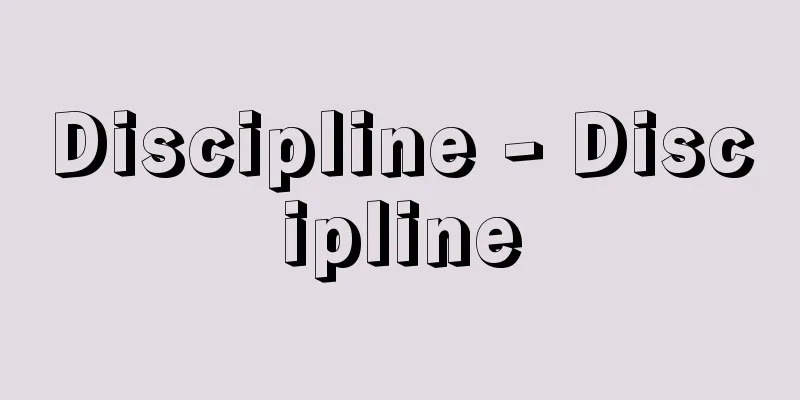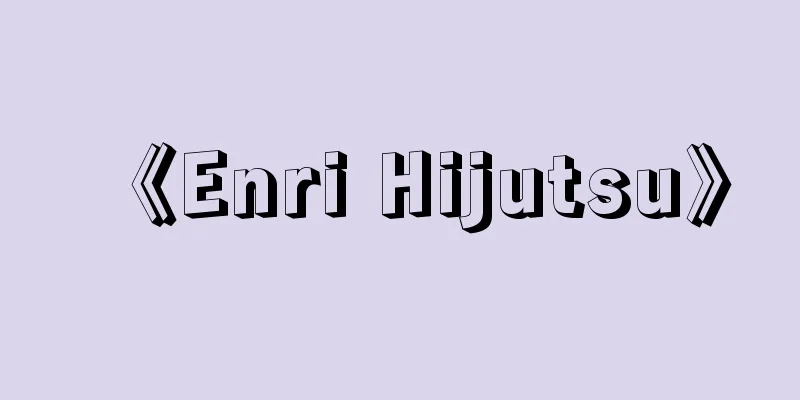Rococo Music

|
A stylistic trend in Western music from the early to mid-18th century. It is a term applied to music from the term rococo, which refers to a decorative style and plastic arts of the same era. Like rococo, it emphasized delicate decorativeness and developed mainly at the French royal court. It differs from Baroque's dramatic contrasts and grand style, and is therefore distinguished from late Baroque, even though it was almost the same era. Rococo music is typified by Francois Couperin's clubsin music and chamber music from around 1800 onwards. Here, instead of thick chords, transparent and thin sounds are ideal, and melodies with graceful, lyrical, and sometimes sentimental expressions are preferred, and the melodies are colored with numerous ornaments. Small pieces are preferred over large pieces, and they are often compiled as a series of works in the same key. Although they are based on dances, they are suites, in Couperin's case, and he gradually began to use rondeau form more and more. Many of his short pieces also have fanciful titles and notes indicating descriptive content. Many of the characteristics of this style can also be seen in his vocal music. This tendency was seen for a short time in the music of the School of Versailles after Couperin, but in the latter half of the 18th century it shifted to the Galant style. Meanwhile, in Germany, a unique successor to the Rococo style, the Sensational style was born, which placed more emphasis on emotional expression, combined with changes in facial expression and an improvisational style of performance. The representative of this direction was Carl Philipp Emanuel Bach, the son of Johann Sebastian Bach, who was active in Berlin and Hamburg. Rococo music was a style dominated by instrumental music, chamber music, and small vocal pieces, and had little connection to large ensembles or opera. [Yoshio Miyama] [References] |Source: Shogakukan Encyclopedia Nipponica About Encyclopedia Nipponica Information | Legend |
|
18世紀前半から中ごろにかけての西洋音楽の様式の一傾向。ほぼ同時代の造形芸術、装飾様式を表すロココrococoを、音楽に適用した呼び方であり、それらと同様に、繊細な装飾性を重んじ、とくにフランスの宮廷を中心に発展した。バロックの劇的な対比性や壮大な様式への志向とは異なるため、ほとんど同時代ながら後期バロックとは区別されている。 ロココ様式の音楽は、1800年前後から後のフランソア・クープランのクラブサン音楽、室内合奏曲が典型的である。ここでは、厚い和音を響かせるのではなく、透明で薄い音響を理想とし、優美で叙情的、ときには感傷的な表情をもった旋律が好まれ、その旋律は多数の装飾音によって彩られる。大曲よりも小品が好まれ、それらはしばしば一連の、同じ調性の作品としてまとめられる。舞曲を基本としている点では組曲であるが、クープランの場合は、しだいにロンドー形式を多く用いるようになった。また彼の小品には空想的なタイトル、描写的な内容を示す付記をもつものが多い。この様式の特徴の多くは彼の声楽曲にも認められる。 この傾向は、クープラン以後短期間ベルサイユ楽派の音楽にみられたが、18世紀後半にはギャラント様式に移っていった。一方、ドイツではロココ様式を独自に継承し、より感情表出を重視、表情の変化、即興的演奏のスタイルなどと結び付けた多感様式が生まれた。この方向を代表するのは、大バッハの息子でベルリンとハンブルクで活躍したカール・フィリップ・エマヌエル・バッハである。 ロココ音楽は器楽、室内合奏曲、小編成の声楽曲を主体にした様式であり、大合奏、オペラとは結び付きが少なかった。 [美山良夫] [参照項目] |出典 小学館 日本大百科全書(ニッポニカ)日本大百科全書(ニッポニカ)について 情報 | 凡例 |
<<: Rococo art (English: rococo French)
>>: Marco Polo Bridge Incident
Recommend
Doshomachi
This is a drug wholesale district in Senba, Chuo ...
Eugen, K.
…The 18th century British politician CJ Fox is sa...
Sakuma Kanae
Psychologist and Japanese linguist. Born in Togan...
Symptomatic treatment - taishouryouho
When treating a patient with a certain disease, c...
black tetra
…It is similar to the neon tetra, but has a red b...
Pomponius Gauricus
…Artists of the time, in particular, studied phys...
Kondratii Fëdorovich Ryleev
Born: September 29, 1795, Batobo Died July 25, 182...
industrial court
…Established in 1929, this labor court deals, in ...
Kanji Tsuruzawa
A shamisen player of Gidayubushi. (1) Ise (mid-18t...
Freedom and Civil Rights
A political movement in the early Meiji period tha...
Merinova
…It is made by extracting proteins from soybeans,...
Upper Volta - Kamiboruta
…the former name of Burkina Faso, a landlocked co...
Fire-grilled Inari - Inari ohitaki
...Current fire-burning rituals are held at Yasak...
Massemba-Débat, A.
...Meanwhile, the domestic economy was in decline...
Civil Procedure Rules
Based on the power to make rules granted by Articl...









